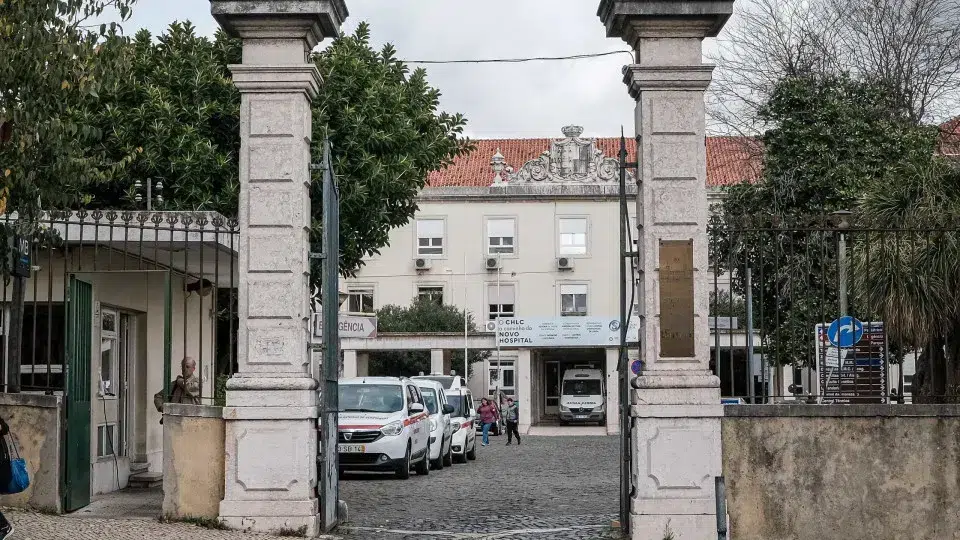
“We are proposing a governance model to consolidate the offer of quality nature tourism and value the major hiking trails, such as those on the island of Santo Antão, which today hosts a session to present the proposal,” stated the executive director of the Cape Verde Tourism Institute (ITCV), Dilma Gomes.
“Once we have an organized structure that coordinates and collaborates with operators and municipal councils, we believe we will have a product of much higher quality,” she added.
The leader suggested that with a management and governance entity, the country could “develop a model that provides solutions and may even relieve the pressure that municipal councils are beginning to feel with the rise in tourism on the island of Santo Antão.”
“If financial availability exists, for example, from the tourism fund and other entities, or even through the establishment of a sustainable tourism tax, we will have better conditions to ensure security and strengthen civil protection in case of accidents,” she noted.
The ITCV is presenting today, in Santo Antão, the Cape Verde Hiking Trails Governance System.
This initiative is part of the Government’s strategy to promote resilient tourism and the blue economy, aiming to enhance the integrated, sustainable, and coordinated management of the national trail network, with a special focus on Santo Antão — the reference island for nature tourism in the country.
The meeting aims to present the governance model study of Cape Verde’s trails, discuss with municipalities, public institutions, partners, and civil society the management, financing, and technical coordination structures of the system, and gather input for the final design of the model to be implemented.
Tourism has been experiencing sustained annual growth in Cape Verde, driven by the opening of new air routes by European airlines.
The archipelago set a new record in 2024 by receiving approximately 1.2 million guests.




